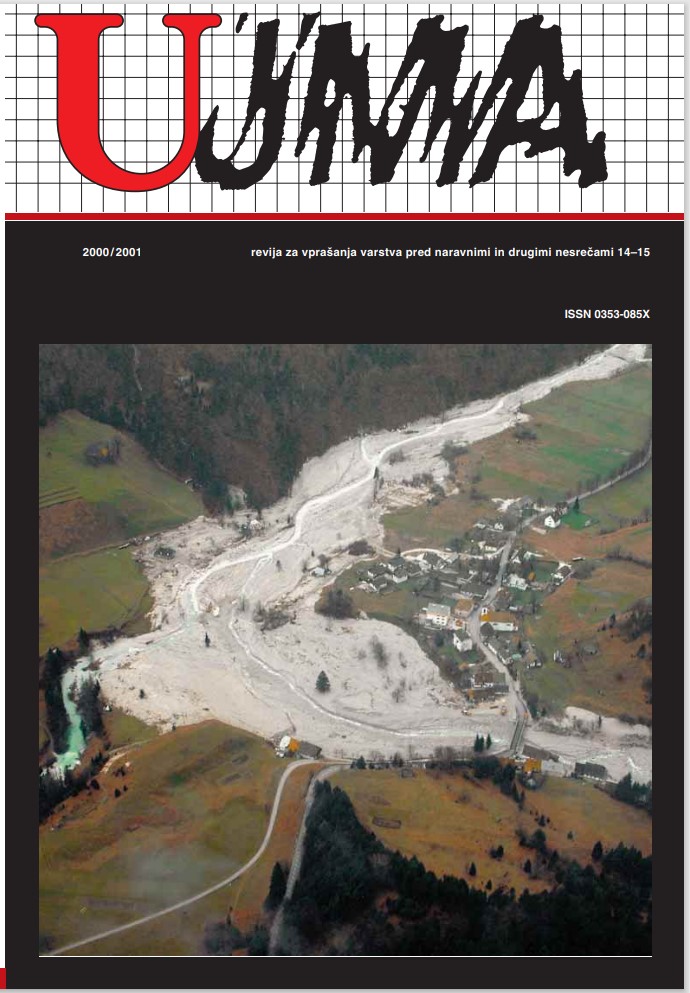CARACTERISTICS OF COMMUNICABLE DISEASES IN SLOVENIA IN 1999 AND 2000
Abstract
In Slovenia comunicable diseases are systematically registered, prevented and controlled in comformity with the Law on Comunicable Diseases and other regulations. Some diseases, such as diphteria, tetanus neonatorum, antraks, poliomyelitis and typhoid fever, which once represented serious threat to human health, have now been eradicated. Nevertheless, cases of intestinal comunicable diseases, acute respiratory infections and »zoonoza«, especially microsporia, are still frequent. Within the group of transmissible illnesses, tick-borne meningoencephalitis and lyme boreliosis occur endemically. In addition, among sexually transmissible diseases, cases of hepatitis B and C are on the increase. Unfortunately, we have not been able to avoid AIDS and the new effects of some microorganisms, which are even more pestilential and resistent to drugs. Among the most frequent epidemics are food poisoning, whose major causes are the improper preparation, transport, storage and distribution of food.
References
Letna poročila »Epidemiološko spremljanje nalezljivih bolezni v Sloveniji«
Nacionalni program na področju spremljanja in obvladovanja nalezljivih bolezni, IVZ, Ljubljana
Program imunoprofilakse in kemoprofilakse, Ur .l. RS, št.3/2000 4. Zakon o nalezljivih bolezni, Ur. l. RS, 69/95
Downloads
Published
Issue
Section
License

This work is licensed under a Creative Commons Attribution-NonCommercial-NoDerivatives 4.0 International License.
The articles are made available to the public under Creative Commons Attribution-NonCommercial-NoDerivatives 4.0 International (CC BY-NC-ND 4.0).


